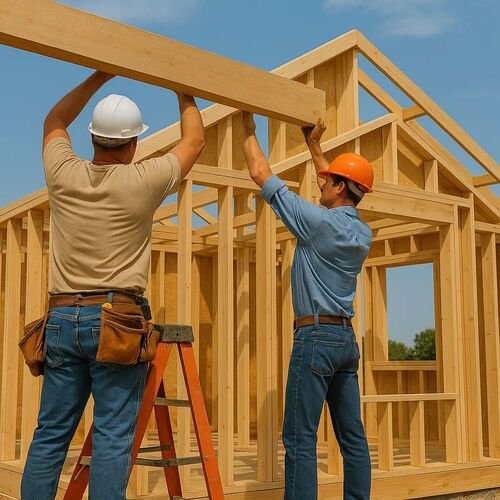The golden years bring with them a desire for comfort, safety, and independence. Aging in place refers to the ability to live in one’s own home safely, independently, and comfortably, regardless of age, income, or ability level. It encompasses a wide range of considerations, from home modifications to healthcare management strategies, all aimed at enabling a fulfilling life within the familiar environment of one’s own abode. Keep reading to explore actionable strategies that can help seniors maintain their mobility and health as they age in place.
Understanding Aging in Place: The Basics of Staying Mobile and Healthy
The concept of aging in place is founded on the premise that a familiar living space offers comfort and continuity, which are crucial for the well-being of seniors. Staying in one’s own home provides emotional security and preserves the ties to personal memories and community connections. It also allows for greater control over one’s daily life, an aspect that is highly valued as one grows older.
However, to truly thrive while aging in place, one must address the evolving needs that come with aging. Mobility and health are two prime areas of concern that directly impact the quality of life. Therefore, the ability to stay active and manage health needs efficiently plays a central role in the success of aging in place strategies.
Maintaining health also revolves around preventive measures, which may involve regular check-ups, screenings, and consultations with a preventive medicine specialist who can offer tailored advice. By anticipating health changes and making proactive adjustments, seniors can enjoy a higher quality of life for a longer period.
Leveraging Technology and Community Resources To Enhance Mobility
Technology offers a host of solutions to assist seniors with mobility, from advanced medical alert systems to Uber for seniors. These transportation services enable older adults to navigate their communities safely, attend appointments, shop for groceries, and socialize without relying on personal vehicles or family members.
Many communities also offer programs specifically designed for seniors, such as shared rides, senior centers, and physical activity classes. Local libraries and educational institutions might host workshops or courses that keep the mind engaged while adding a communal aspect to learning and leisure.
Adapting Your Home for Safety and Accessibility
Modifying one’s home can improve safety and accessibility for seniors. Key areas of focus typically include mitigating fall risks by installing grab bars and non-slip surfaces, particularly in the bathroom. Stairways may require additional lighting, railings, or even stairlifts to ensure secure passage between different levels of the home.
Adaptations aren’t limited to hardware: rearranging furniture to create wider walkways and eliminating tripping hazards, like loose rugs, can make a significant difference in preventing falls. Smart home technology, such as voice-controlled lights and thermostats, can also contribute to a safer and more accessible environment.
Incorporating Regular Exercise and Physical Activity Into Your Routine
Exercise plays a crucial role in maintaining strength, flexibility, and balance, which impact mobility. Seniors should be encouraged to integrate physical activity into their daily routines through simple exercises that can be performed at home, or through low-impact activities such as walking or swimming.
Garden work or light housework doubles as physical exercise, engaging different muscle groups and promoting cardiovascular health. Structured exercise programs, such as yoga, tai chi, or light aerobics, tailored for older adults, are excellent options for keeping the body agile and the mind active.
Nutritional Considerations for Maintaining Health While Aging
Nutrition is another pillar of health that requires special attention as we age. Metabolic rates slow down, and nutritional needs change, making it necessary for seniors to focus on nutrient-dense foods that deliver the necessary vitamins and minerals without excessive calories.
Advisory services from dieticians and nutritionists can be invaluable in creating diets that cater to specific health concerns, such as diabetes or heart disease. These professionals can help tailor meal plans that are healthy and easy for the individual to prepare.
Hydration is equally significant, as older adults often have a diminished sense of thirst. Making a conscious effort to drink fluids regularly, and ideally choosing water or other low-sugar options, can prevent dehydration and its associated risks. It’s equally important to limit the intake of sodium, saturated fats, and sugar to mitigate the chances of developing or exacerbating health issues.
Altogether, the combination of a safe and adapted home environment, a healthy lifestyle with regular exercise and nutrition, and the use of technology and community resources, presents a multifaceted approach to aging in place. Overall, this comprehensive strategy ensures a higher quality of life for seniors, allowing them to live independently and with dignity in their cherished homes.








